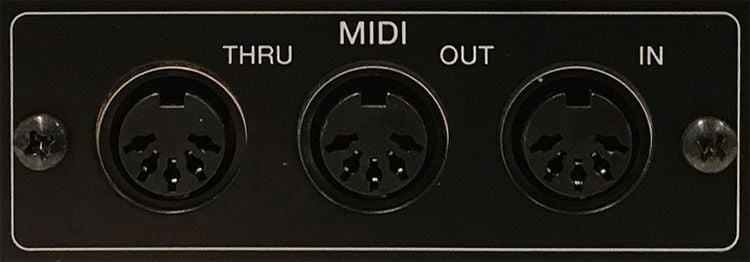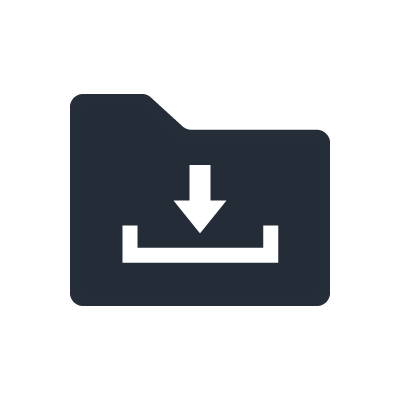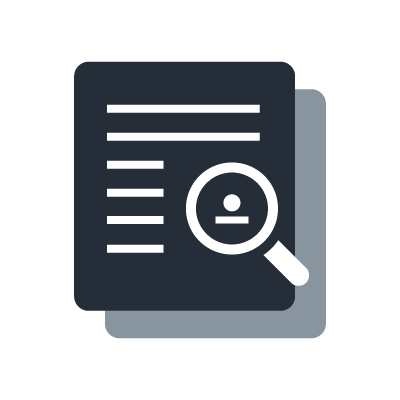THE WONDERFUL WORLD OF MIDI.

In the early 1970s, Robert Moog and Don Buchla invented the analogue synthesizer, including the option for synthesizer modules to be controlled by keyboards using an analogue control voltage and a trigger signal.
In the early 1980s, synthesizer manufacturers developed computer-controlled. programmable polyphonic instruments, where using multiple control voltages and triggers became impractical. To enable polyphonic control of synthesizer modules with keyboards or sequencers, digital control formats were developed. Roland offered the Digital Control Bus (DCB) on the Juno 60 and Jupiter 8, while Yamaha offered its ‘Key Code’ connector on the CS70M and SK series. Of course the two were incompatible - a Roland could not be used to control a Yamaha and vice versa.
In 1983, a unique thing happened when the major players in the synthesizer industry decided to apply the concept of ‘harmony’ in their business model as well. They started to develop a common digital interface for music - Musical Instrument Digital Interface, which we all know as MIDI. Among the first mass-produced applications of these ‘founders of MIDI’ were the Roland JX3P, Sequential Circuits Prophet 600 and Yamaha DX7.
Most synthesizers, sequencers and microcomputers in the early 1980s were built around eight-bit microprocessors such as the Z80, 6500 and 6800 series. Their peripherals, such as serial interfaces, also used eight bits to do their work. So it’s no surprise that MIDI is an eight-bit protocol, sending commands as series of eight-bit chunks of data - also known as bytes. A note-on command uses three bytes: one to indicate the channel and the type of event, one to indicate the note number and one to indicate the key velocity.
Actually, only seven bits are used to indicate the note and velocity values, supporting 128 individual value steps. It’s more than enough to represent the 88 keys of a piano, as well as the key stroke level accuracy of professional piano players.
The speed of MIDI communication is, by modern standards, very low; only 31250 bits per second - which was the capacity of that era’s serial ports and cabling. Because every eight-bit MIDI command needs a start bit and a stop bit, this ‘baud rate’ supports about 1000 commands per second, with a time accuracy of one millisecond for a single note-on command and three milliseconds for a three-note chord.
For audio, such latency would be problematic, but for keyboards it’s fine because pianists are used to an even higher mechanical latency in the piano’s mechanism. In a piano, the sound doesn’t start immediately after a key stroke. Instead, a key first transfers the key stroke’s energy to a hammer, with the hammer hitting the string only after taking several milliseconds to travel from the rest position to the string. Even for chords, the ‘spread’ in timing is not an issue because the MIDI timing resolution is still higher then the human and mechanical piano timing resolution.
For MIDI-controlled percussion instruments it’s a different story. With a snare drum, for example, the sound starts immediately after the stick hits the drum head. For this reason it is common practice to keep MIDI control of drum computers on a separate MIDI connection that carries only the drum notes, so the latency and timing are as tight as possible. In some sequencer software, in case there is only one MIDI connection available, MIDI channel 10 is reserved to get priority over all other channels so it can be used for drums and percussion.
Over the years, the elegantly designed functionality of MIDI - including program change, control change and system exclusive modes - allowed it to be also used for other purposes then controlling synthesizers. In the professional audio industry, MIDI has been used to control mixing consoles, effect processors and even Digital Audio Workstations (DAWs).
Even after 35 years, with the limited baud rate of a mere 31250 bits per second - a factor of more than 3000 lower then Gigabit Ethernet - MIDI is an impressive standard. It has driven the music industry to become fully open and mature and is still used today by millions of users. I offer a big thank you to the engineers of Roland, Sequential Circuits and Yamaha for making this happen.






